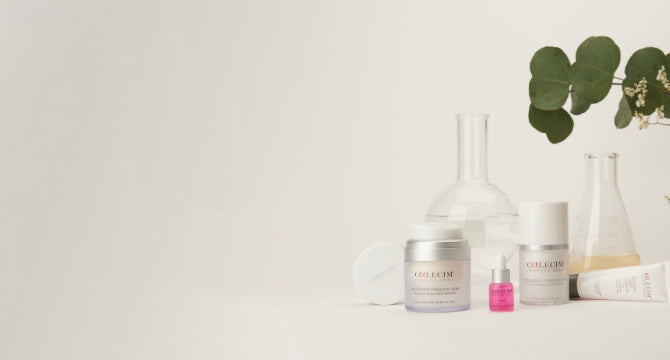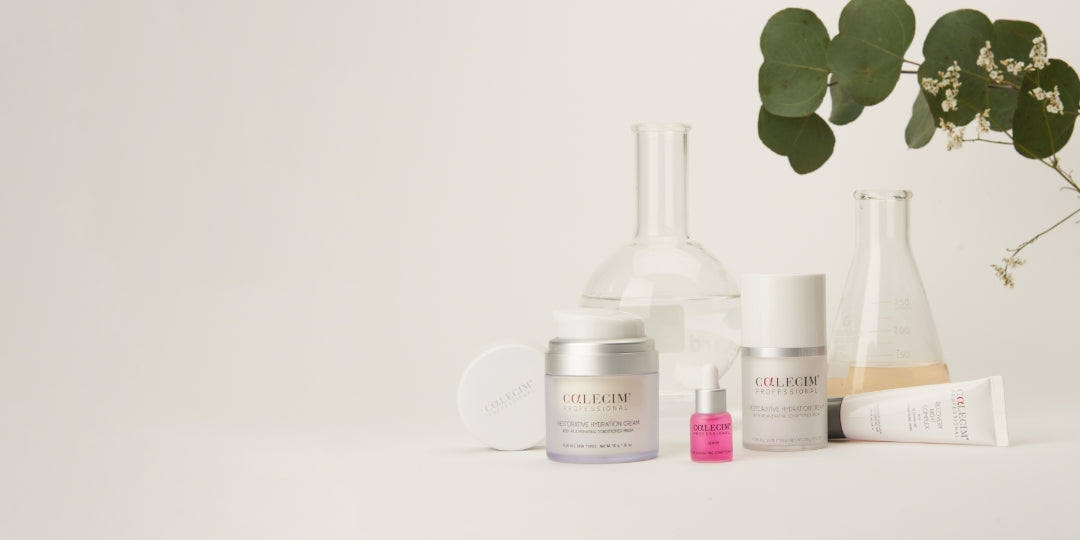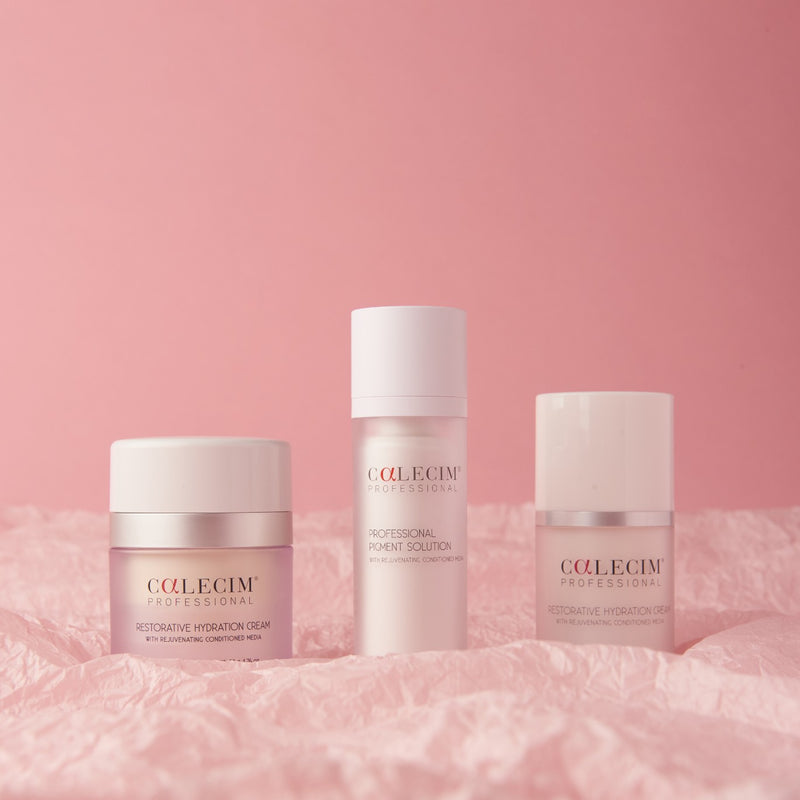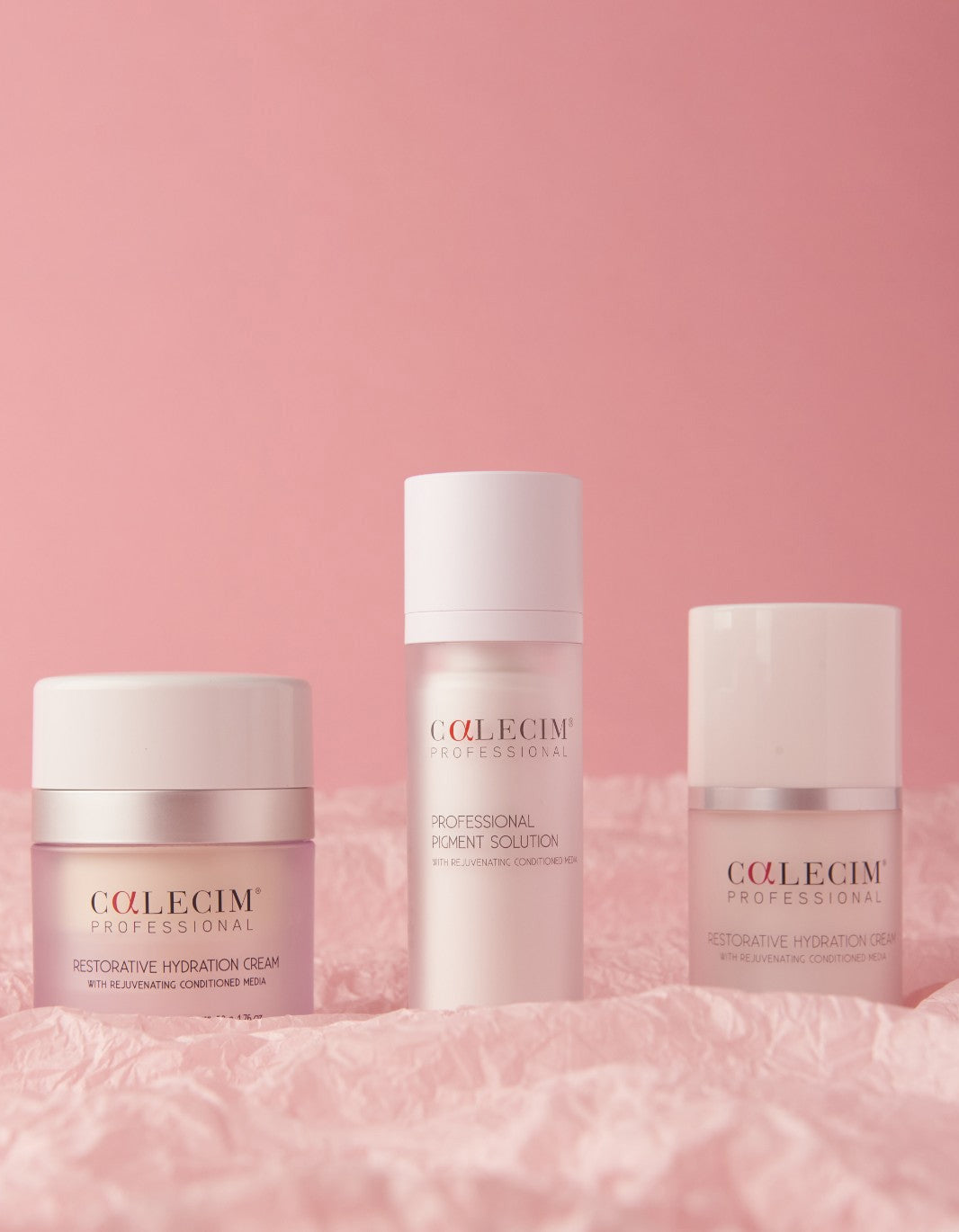Fractional Laser-assisted Delivery of Umbilical Cord Lining Conditioned Media to Reduce Caesarean Incision Scar
International Journal of Women's Dermatology, Volume 5, Issue 4, September 2019

Background
Caesarean sections have become a very common type of birth in modern times. Hypertrophic scarring is the most frequent complication of caesarean section, and not only does it cause pain and discomfort, but it can have a great psychological impact esthetically. Umbilical cord lining conditioned media (CLCM) comprises the proteins secreted by epithelial and mesenchymal stem cells from the outer lining of the umbilical cord. CLCM has been shown to increase epidermal proliferation and has proven effective in the treatment of difficult-to-heal skin wounds.
Method
We describe two cases of caesarean scars with Fitzpatrick skin type IV at our clinic. All patients underwent a series for treatment with laser fractional CO2, followed by application of CLCM. All subjects were reviewed every 4 weeks for a total period of 12 weeks. The Vancouver Scar Scale rating and photographic documentation were used to evaluate the results.
Results
All patients agreed that they noticed visible changes, and there was significant reductions in color, length, and width of the scar measure 12 weeks after the treatment visit compared with the baseline measurements.
Conclusions
The concentrated protein mix growth factors derived from umbilical cord lining, when applied onto the skin, will help restore epidermal cell turnover time and aid in increasing dermal production of extracellular matrix protein. The fractional laser–assisted delivery of CLCM is an effective therapeutic approach to reduce caesarean incision scars.

Twelve weeks after the initial fractional carbon dioxide laser treatment following with application of CLCM shows improvement in hypepigmentation, height and softening of the scar.

Another photograph documentation of chronic caesarean incision scar after 12 weeks follow-up. CLCM were applied on the scar area after fractional CO2 laser every 4 weeks interval.


























